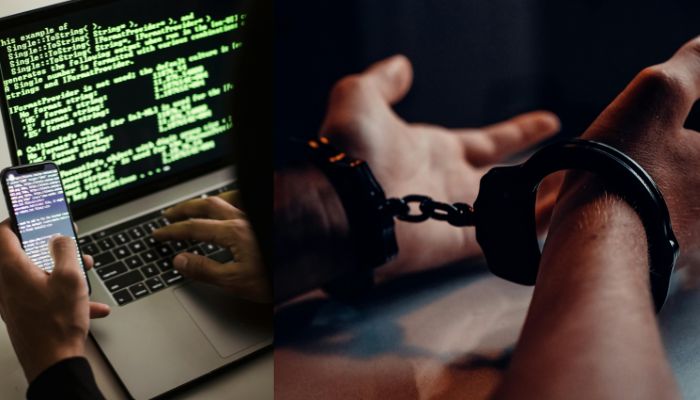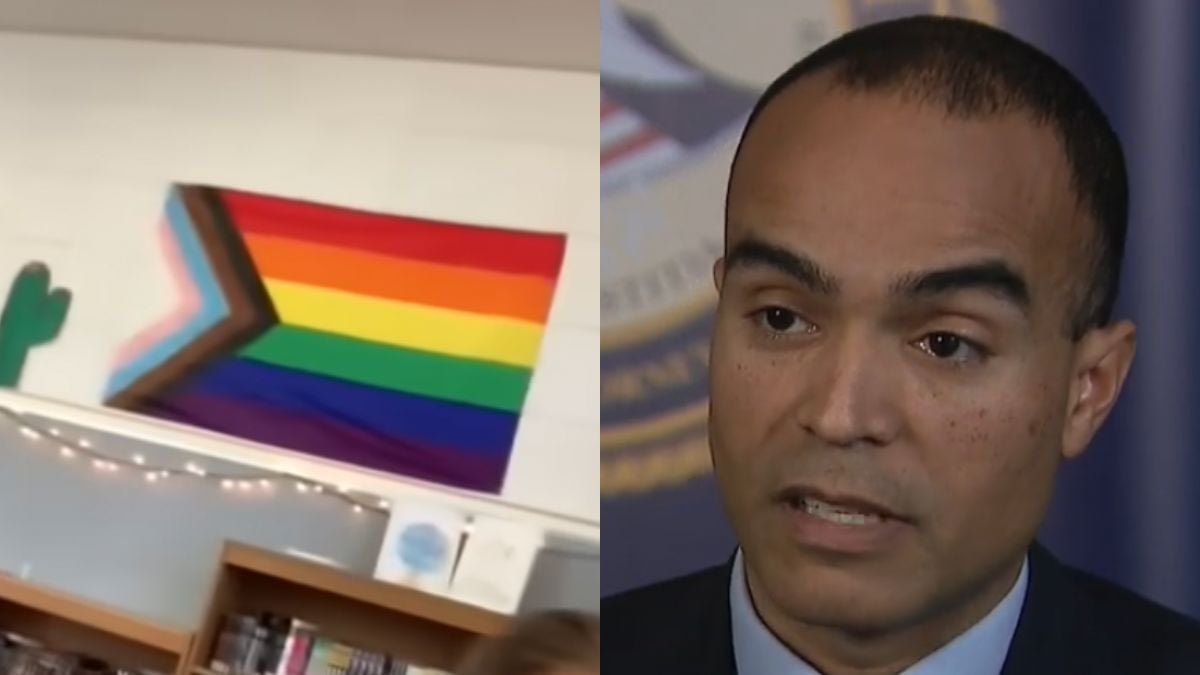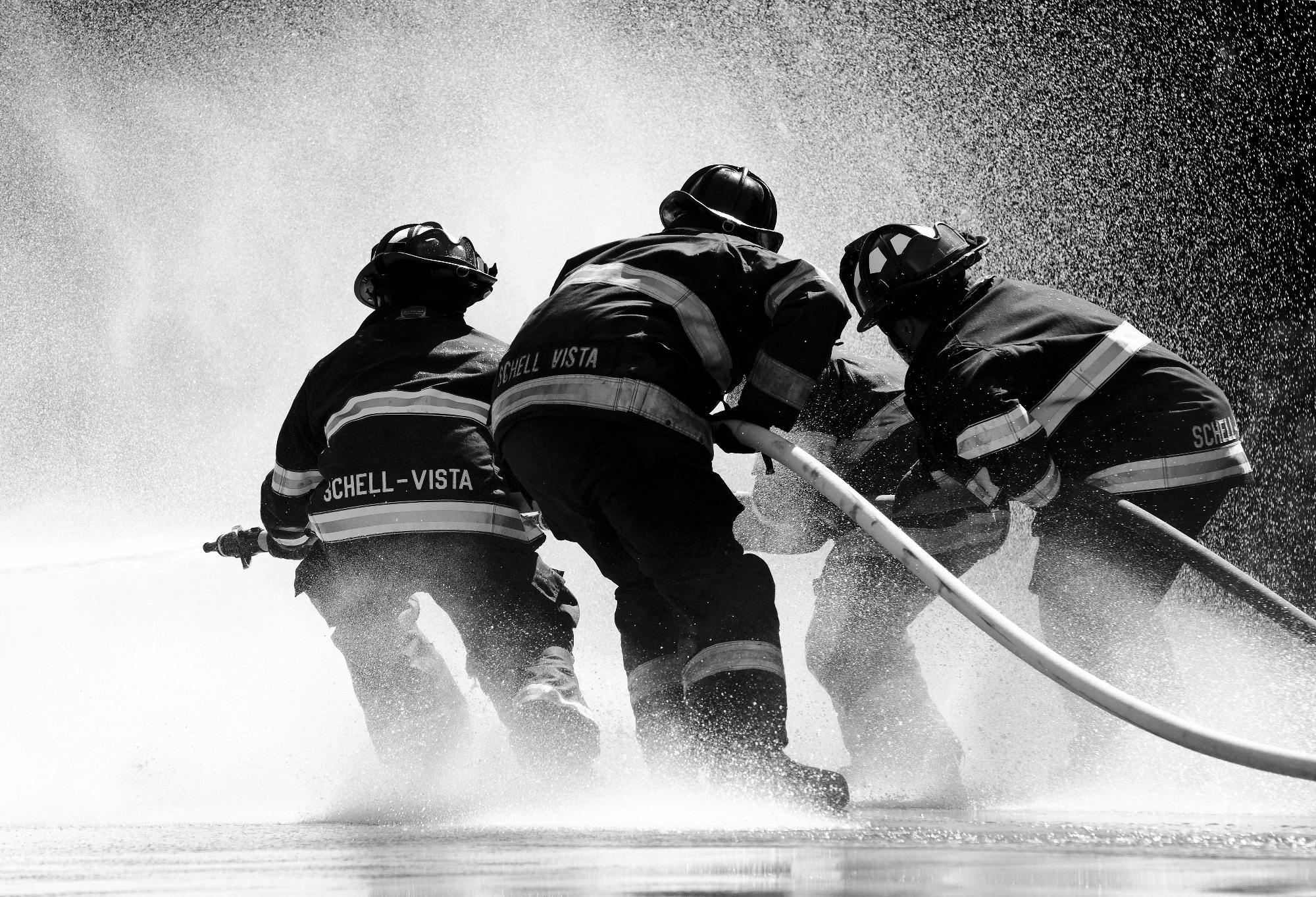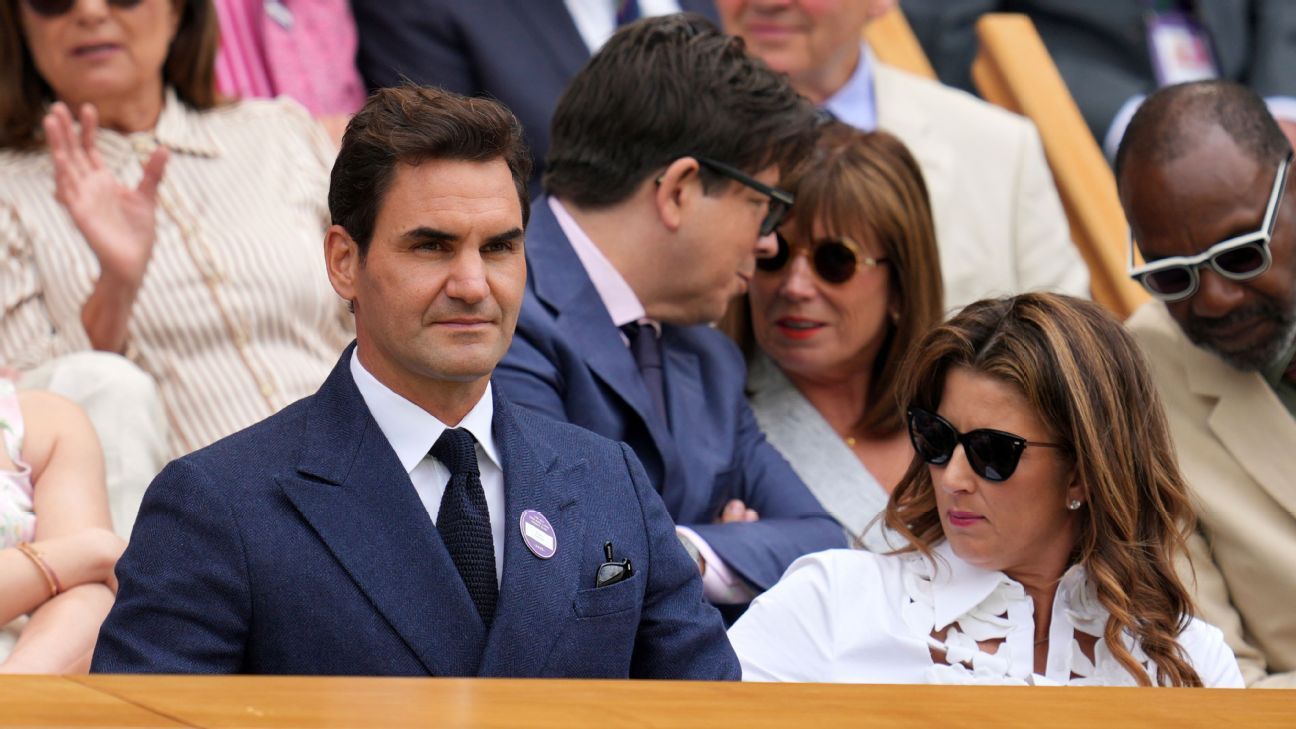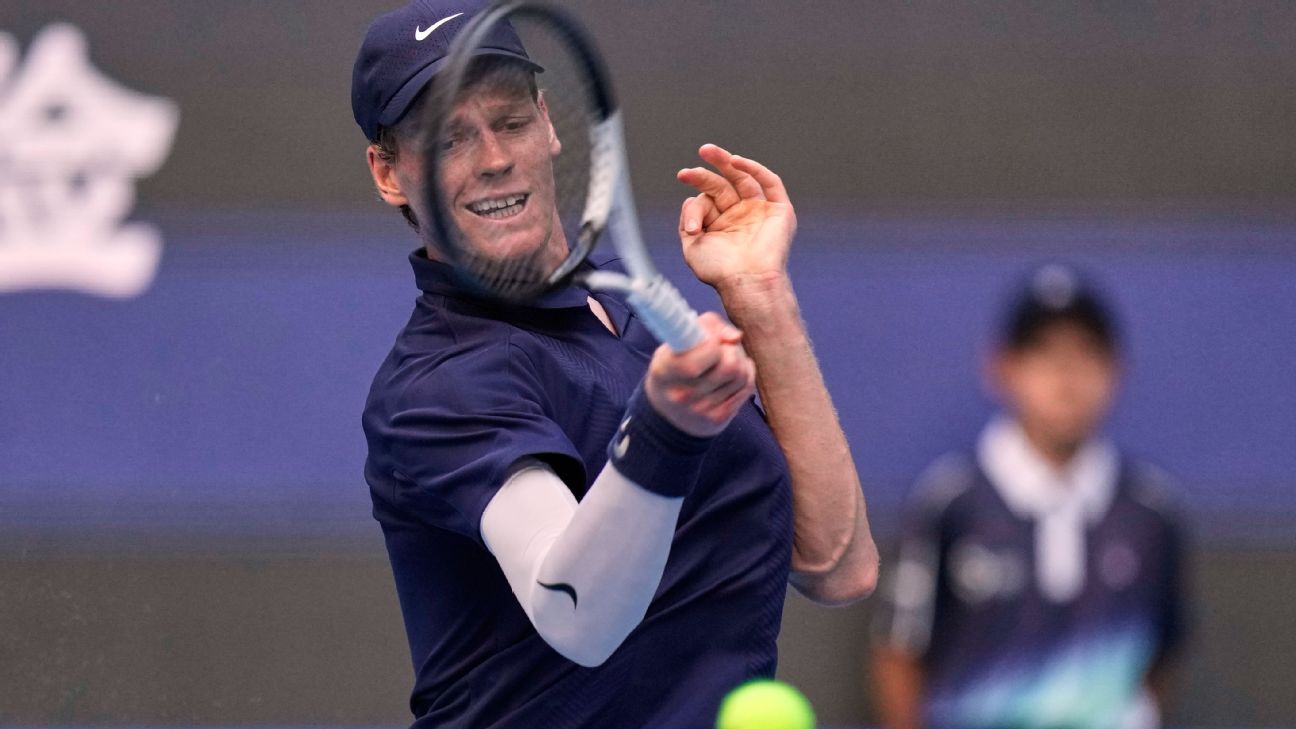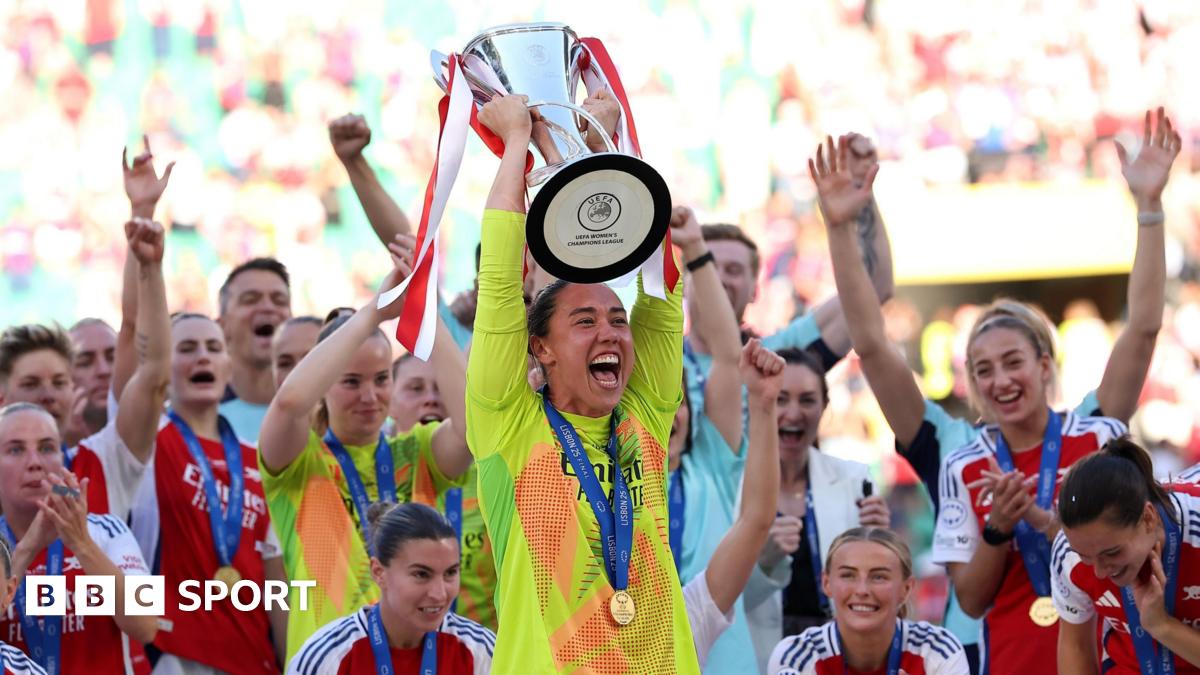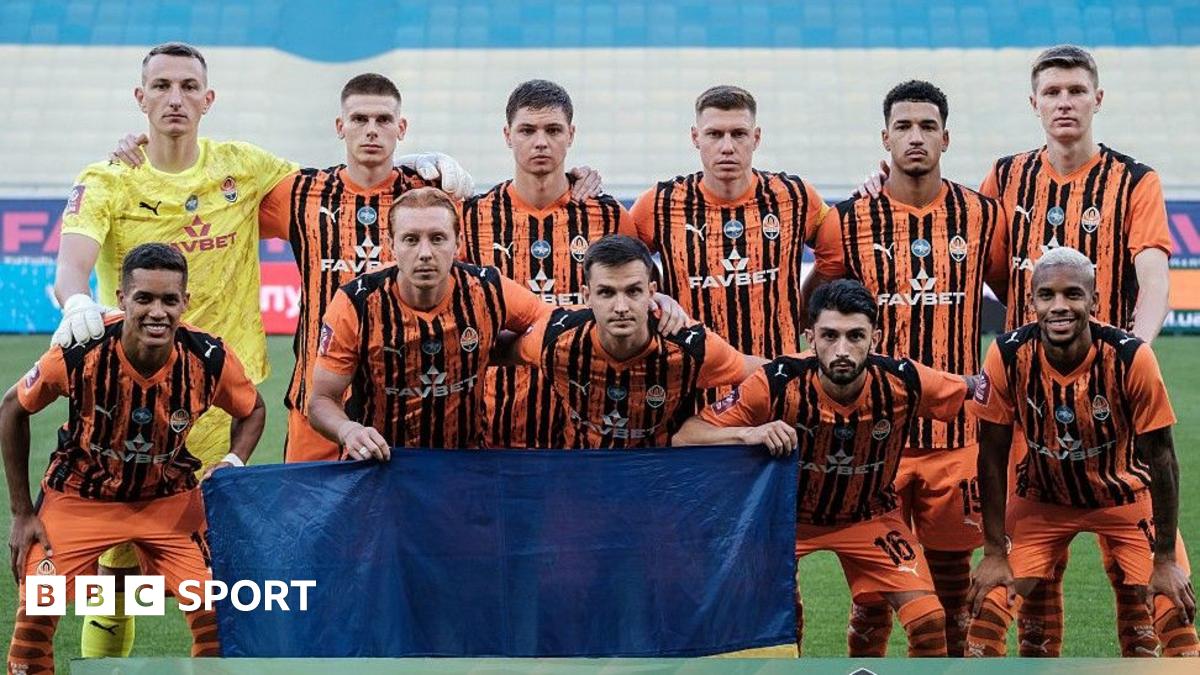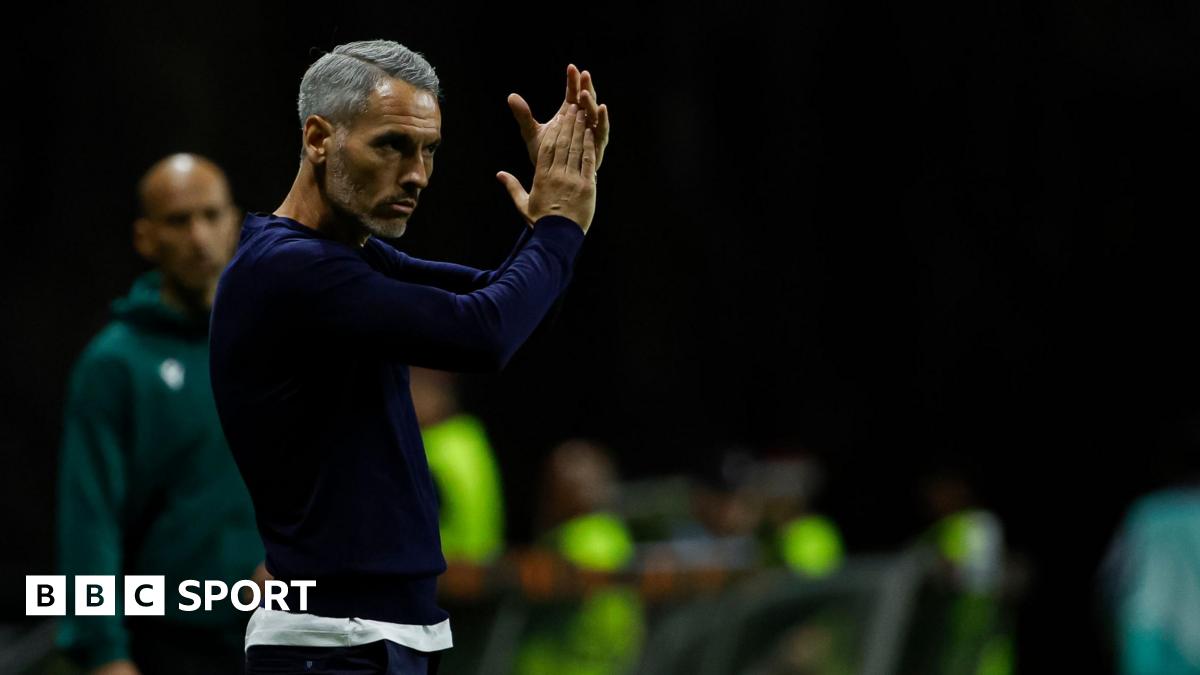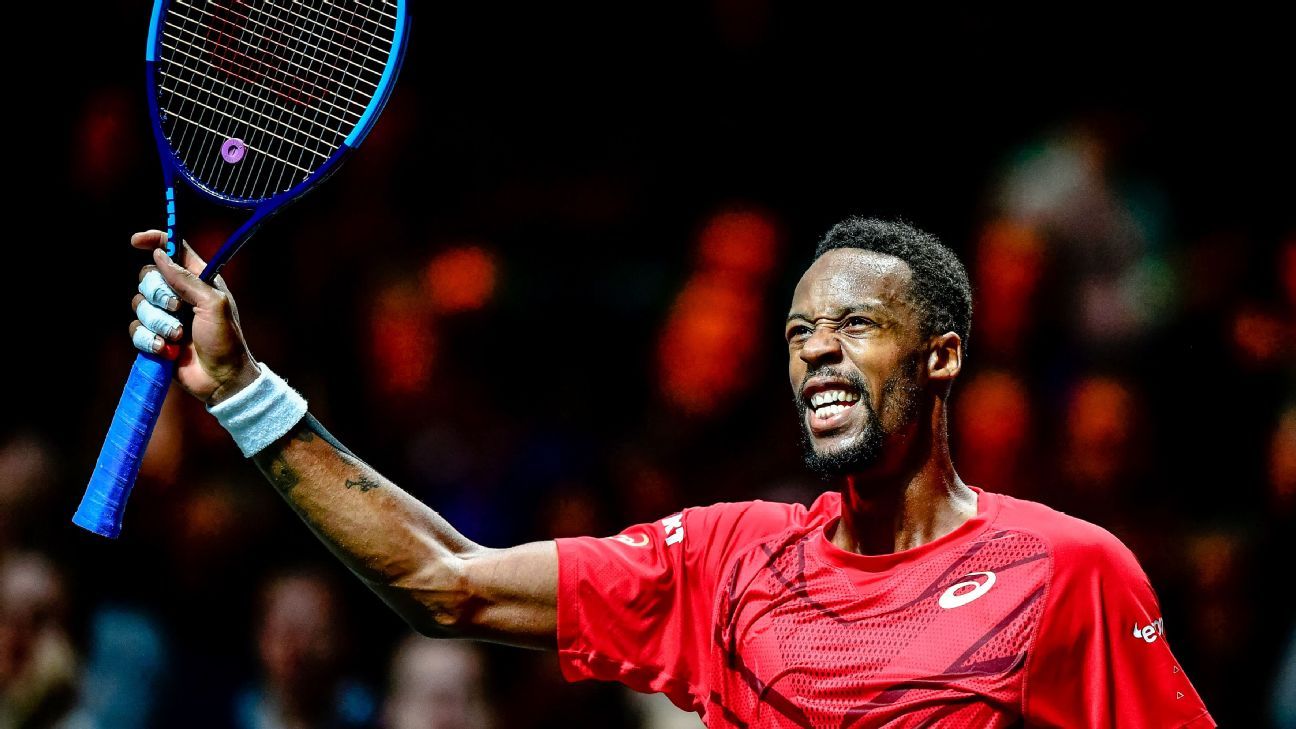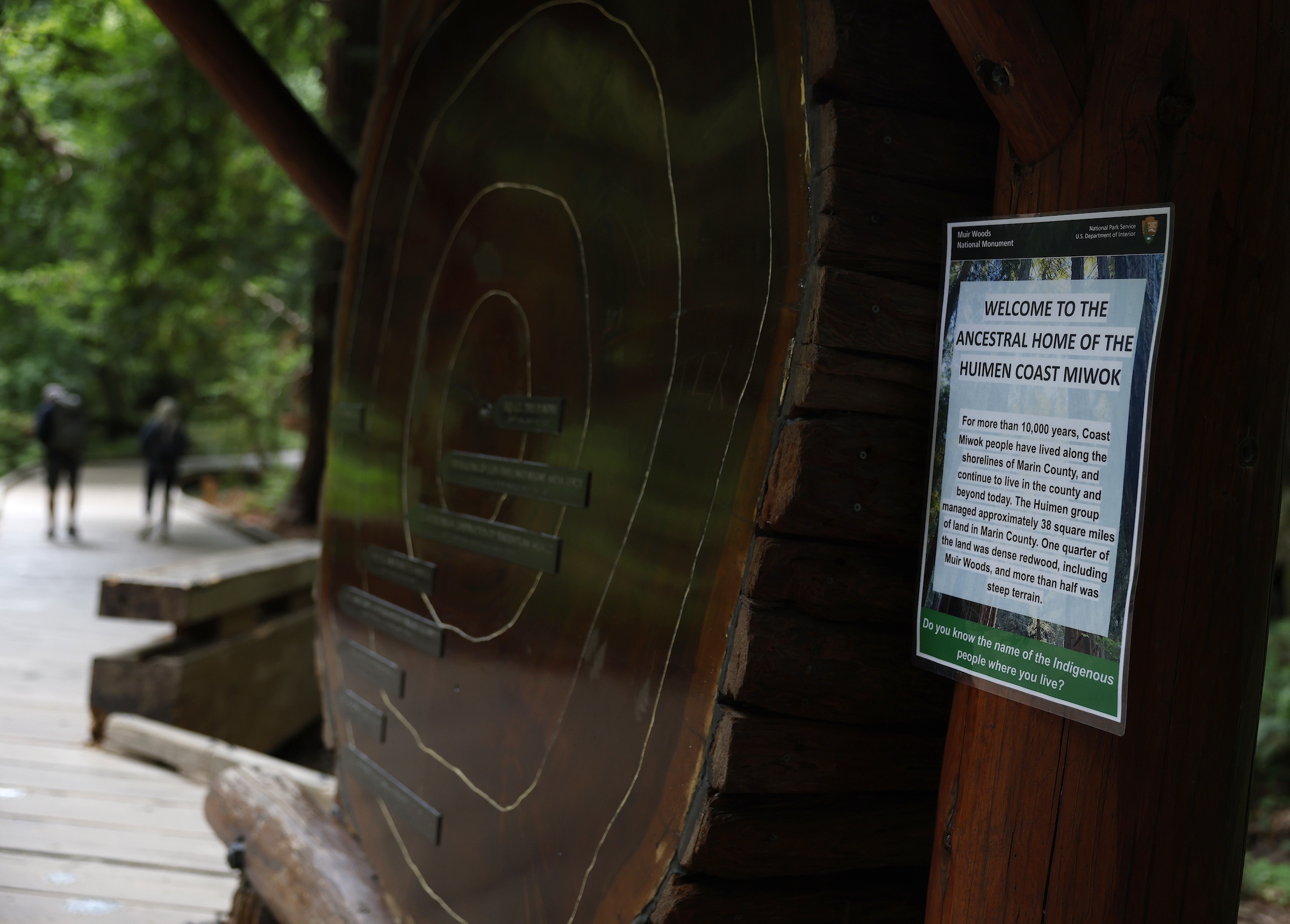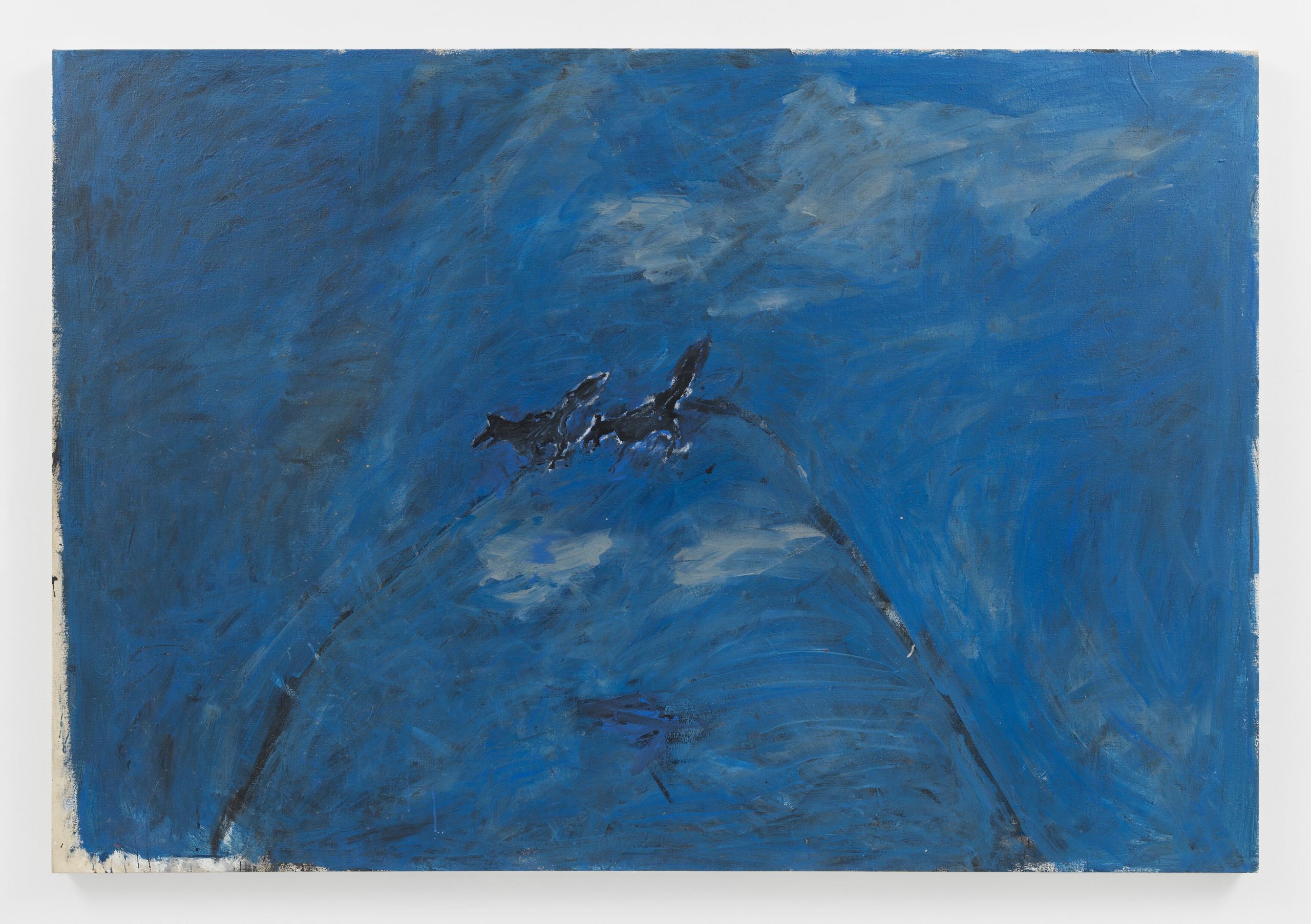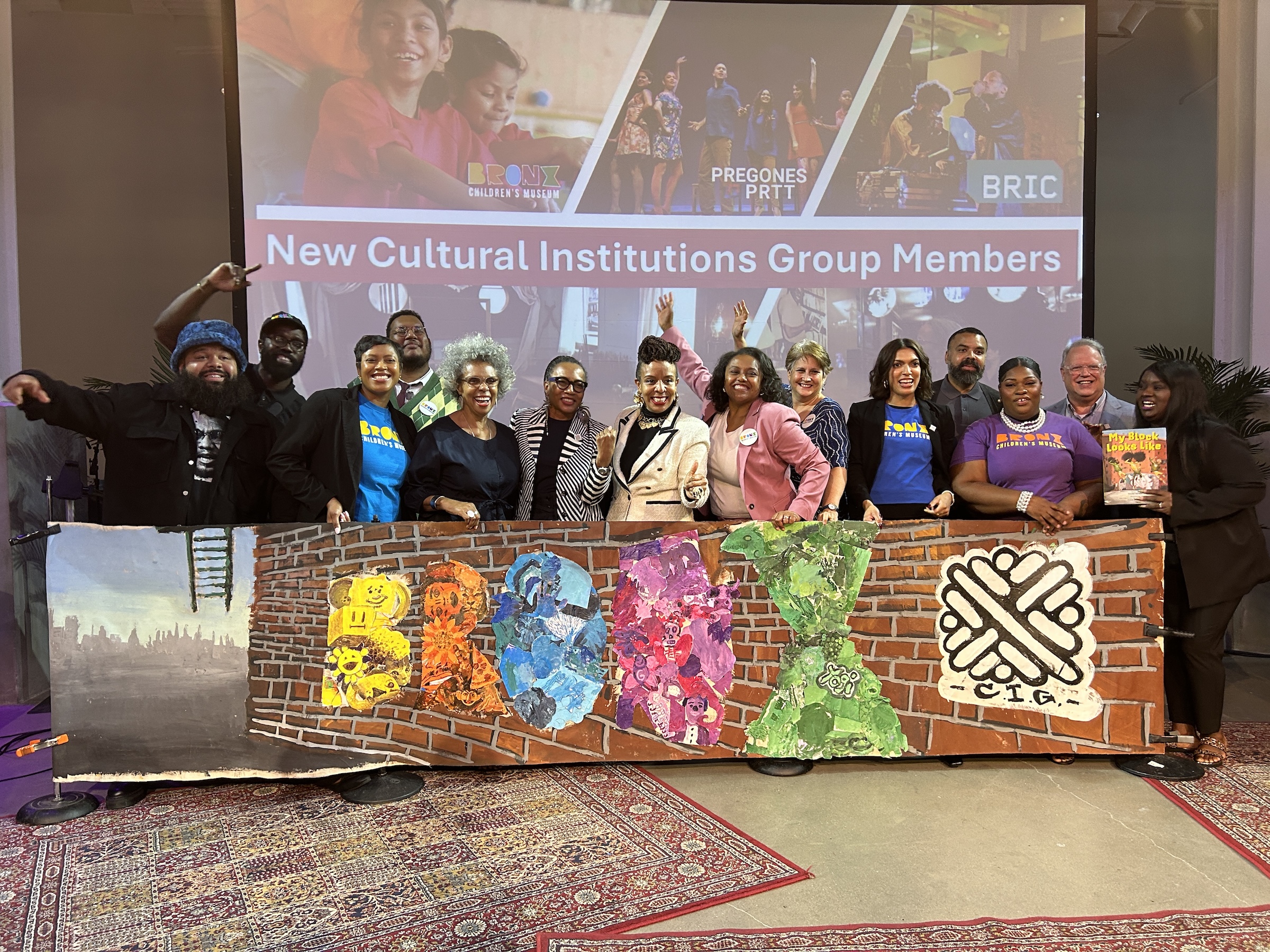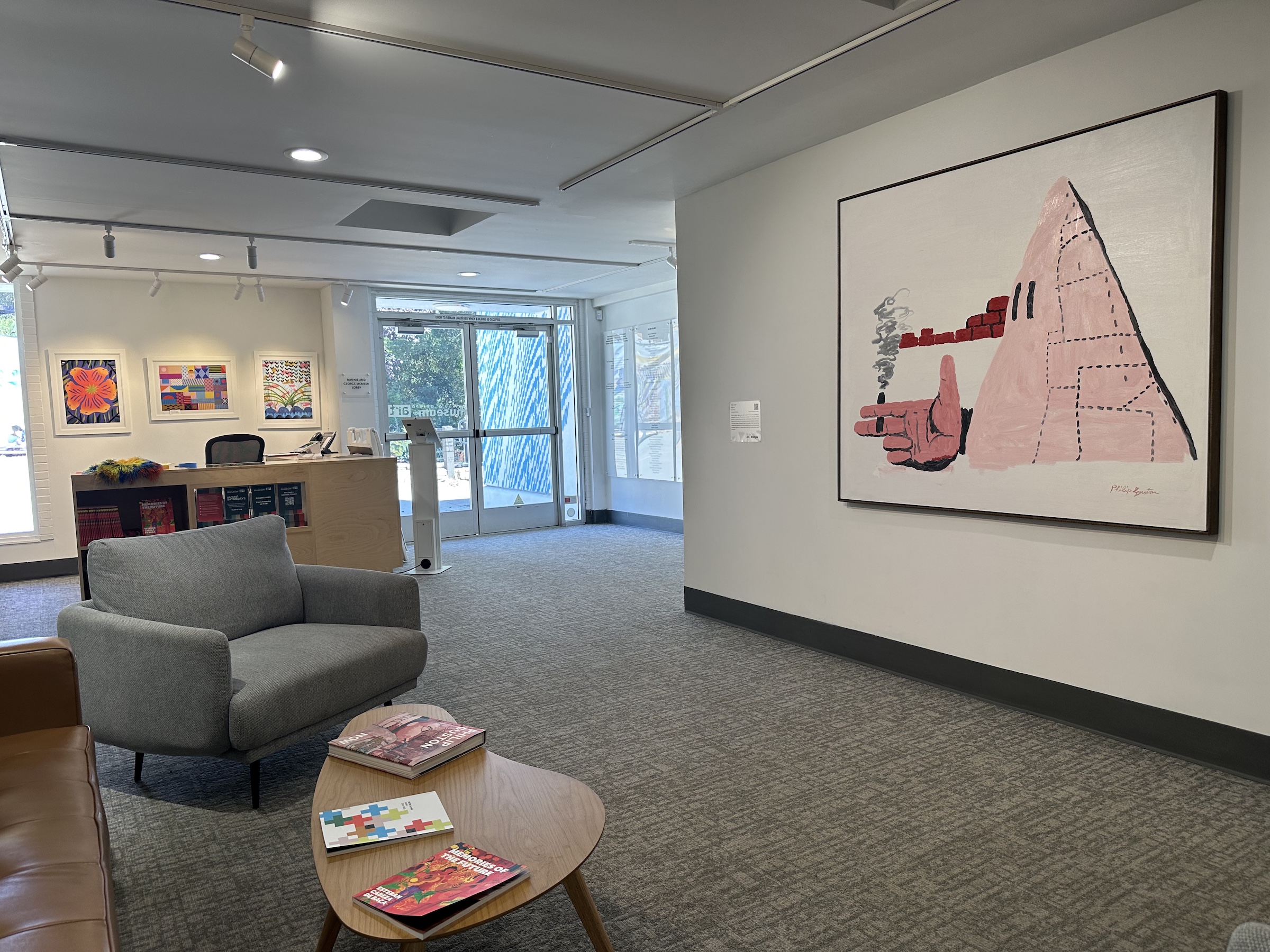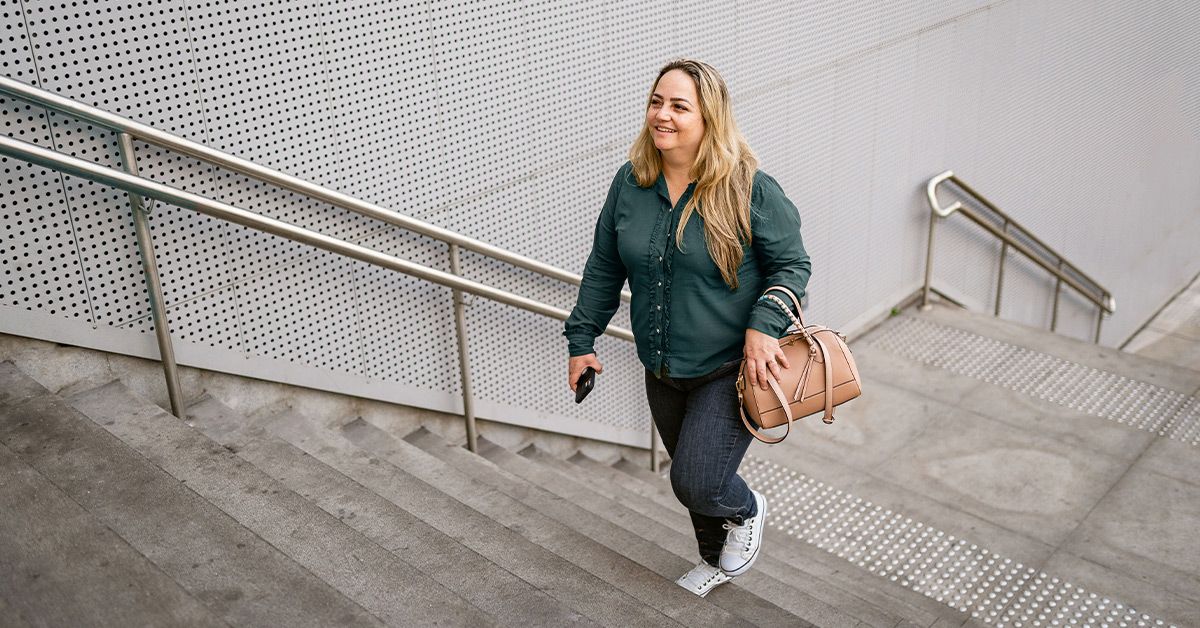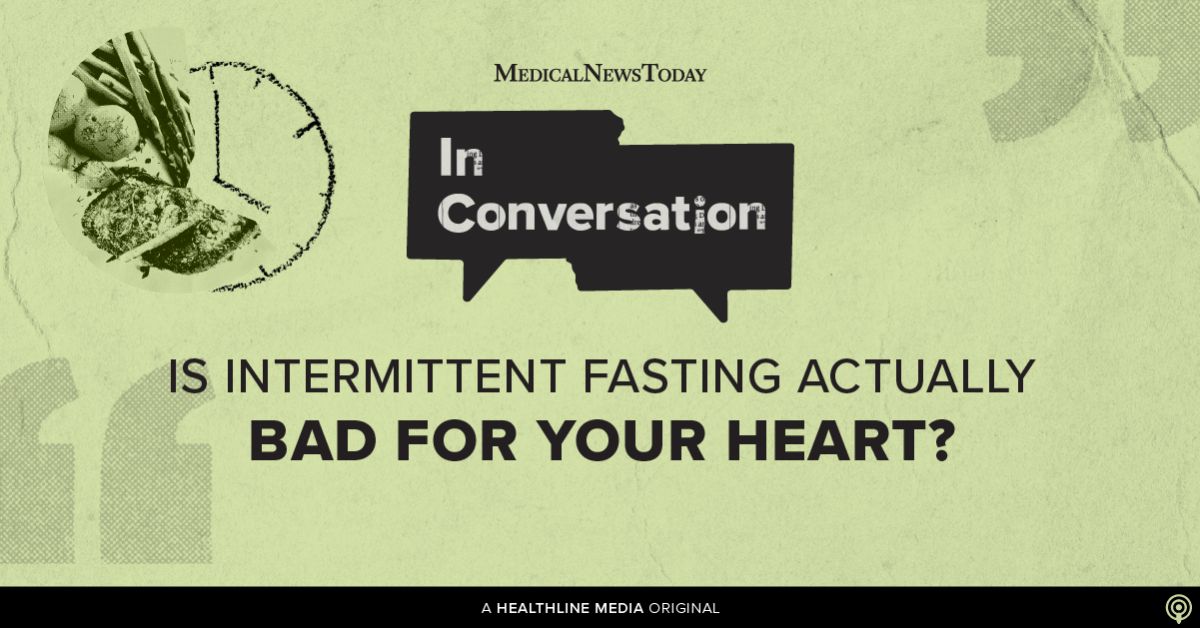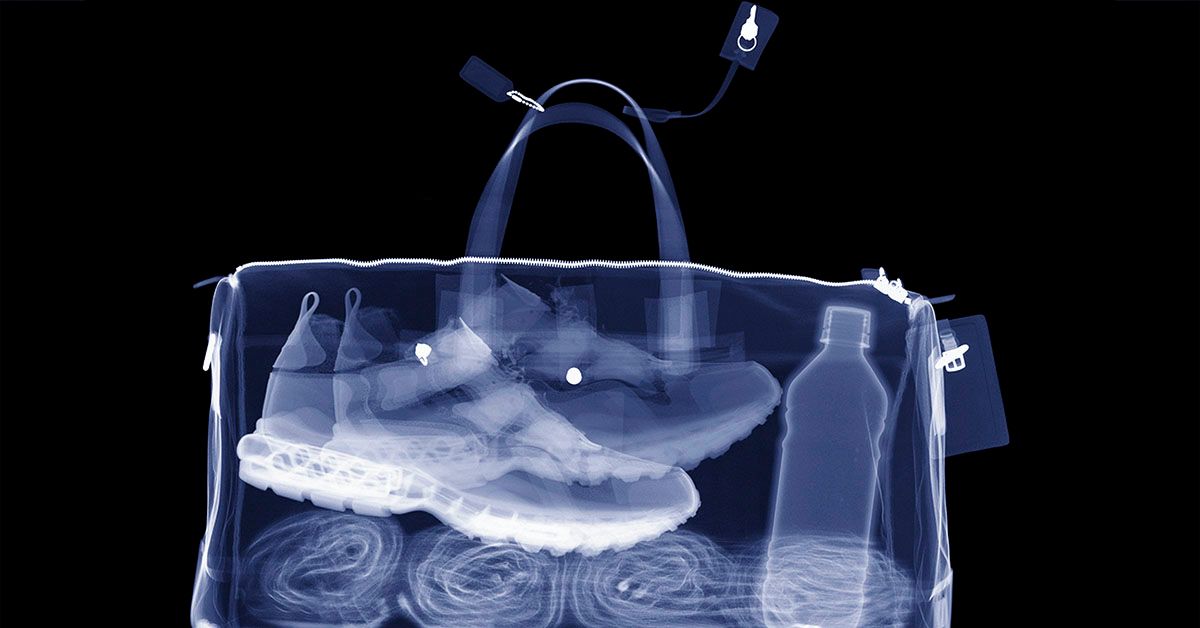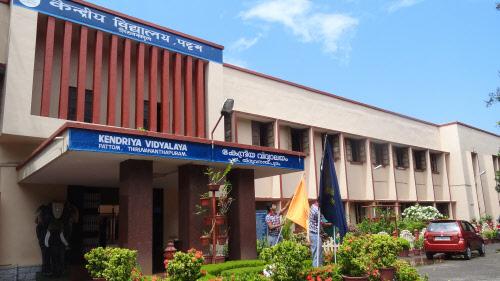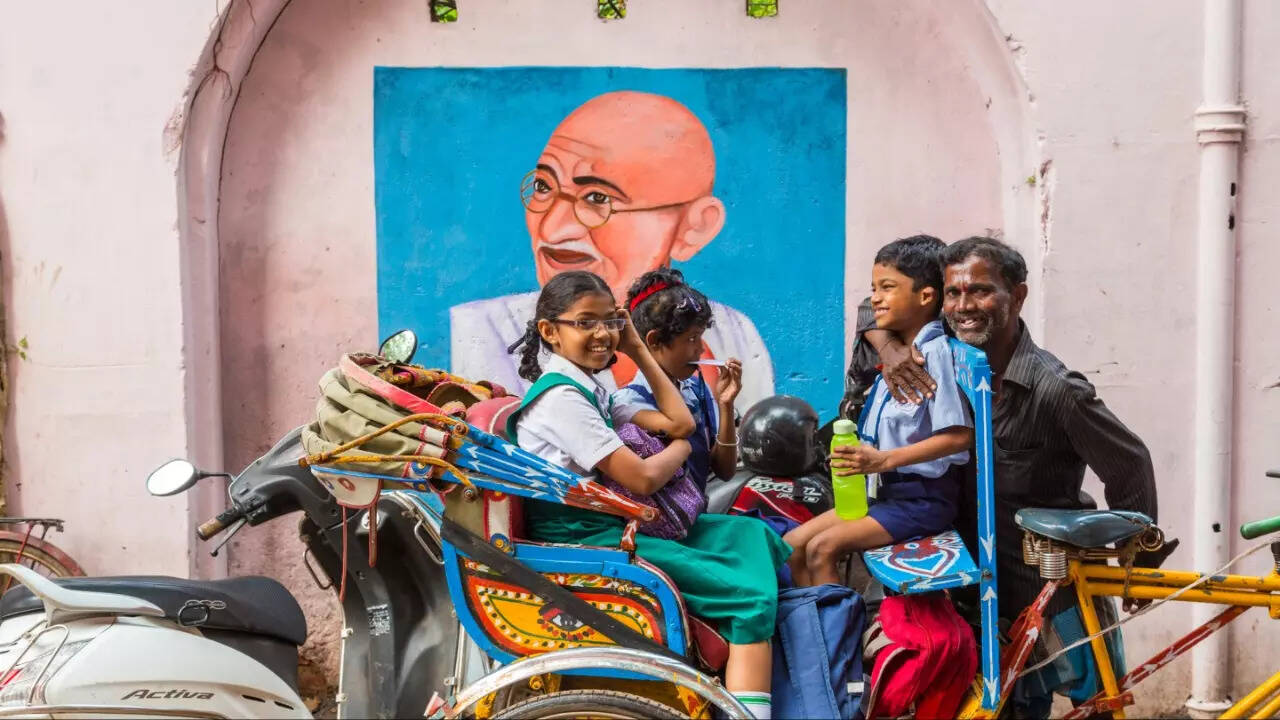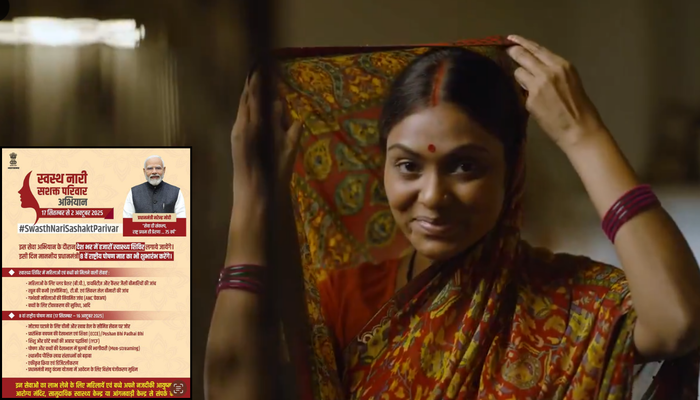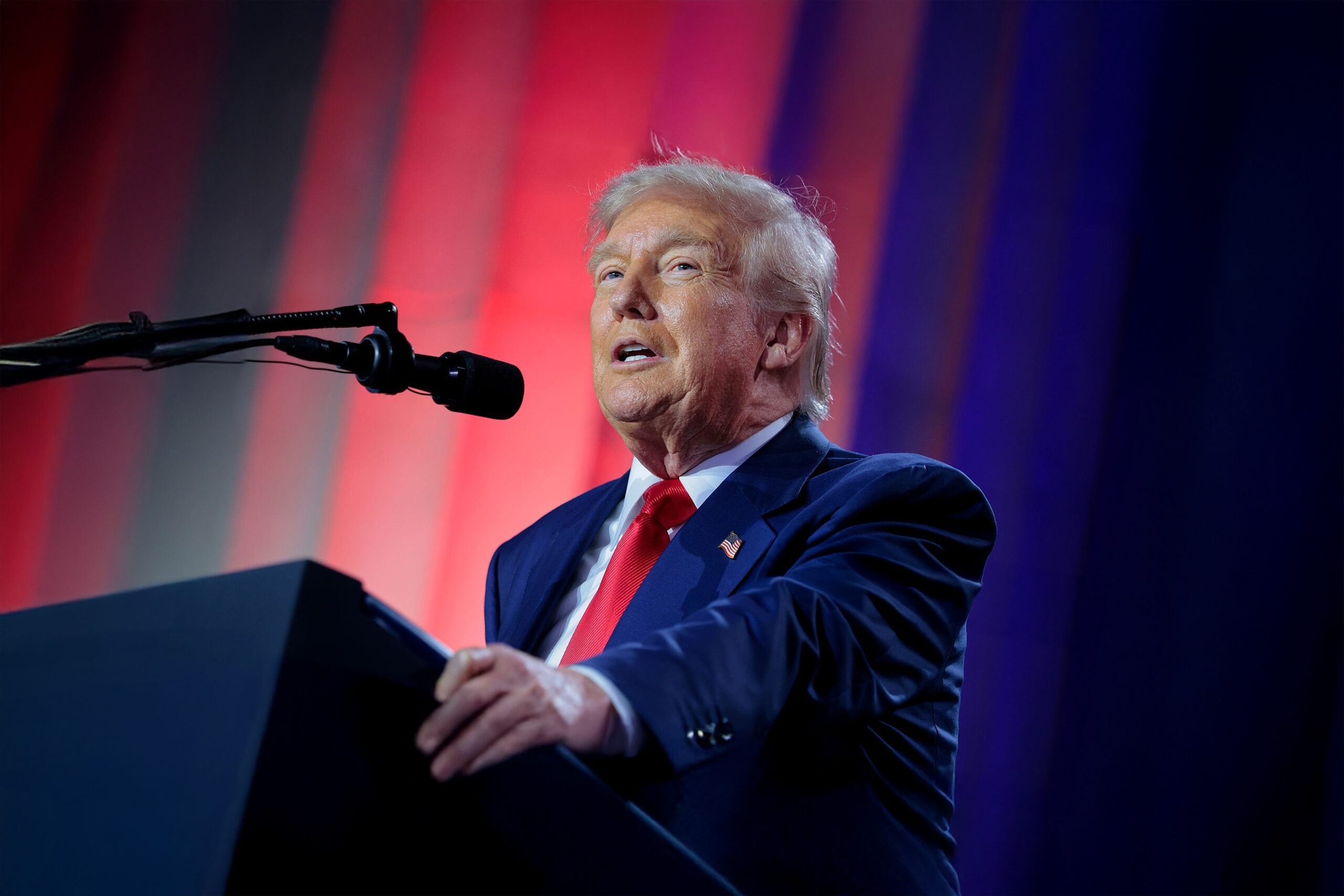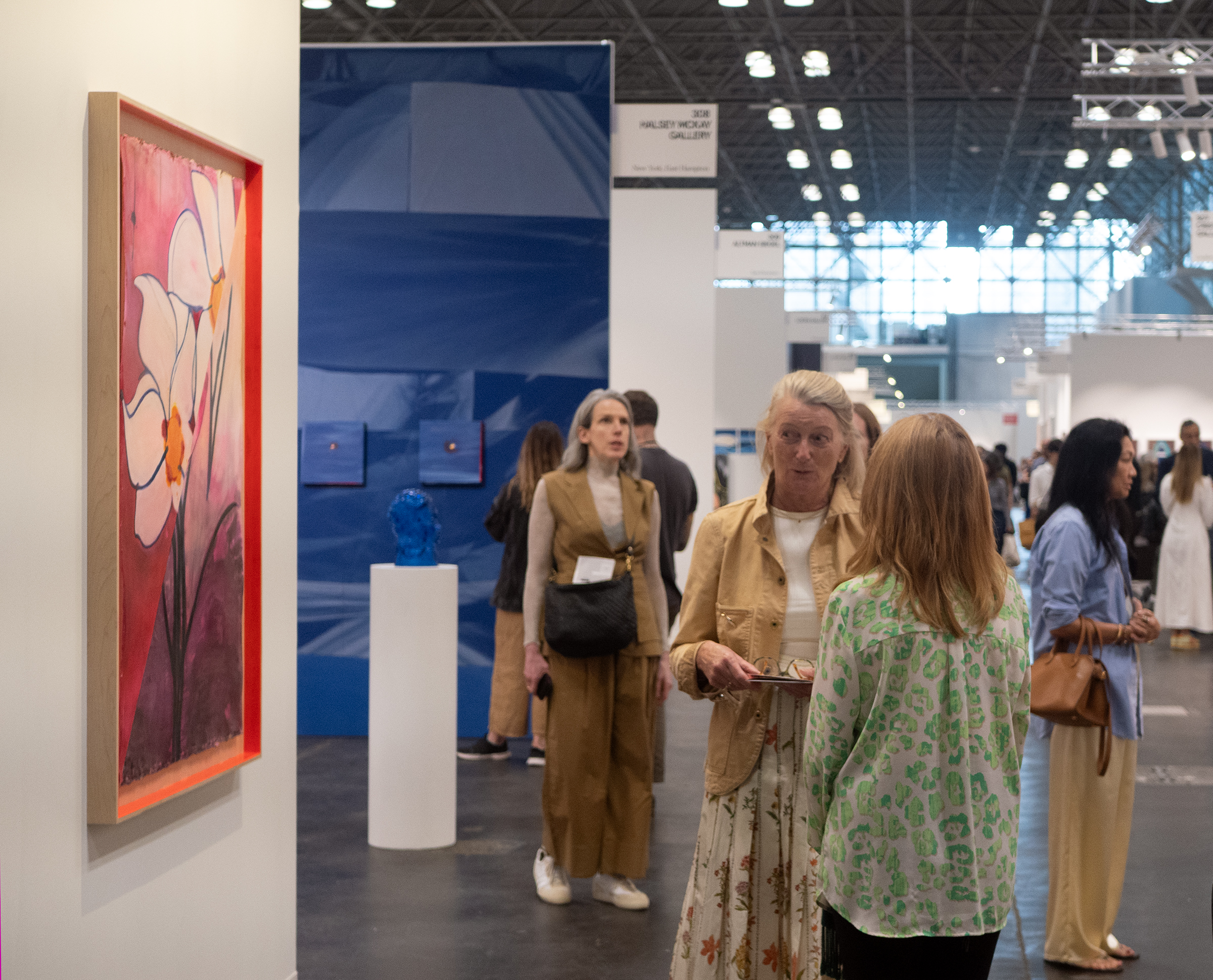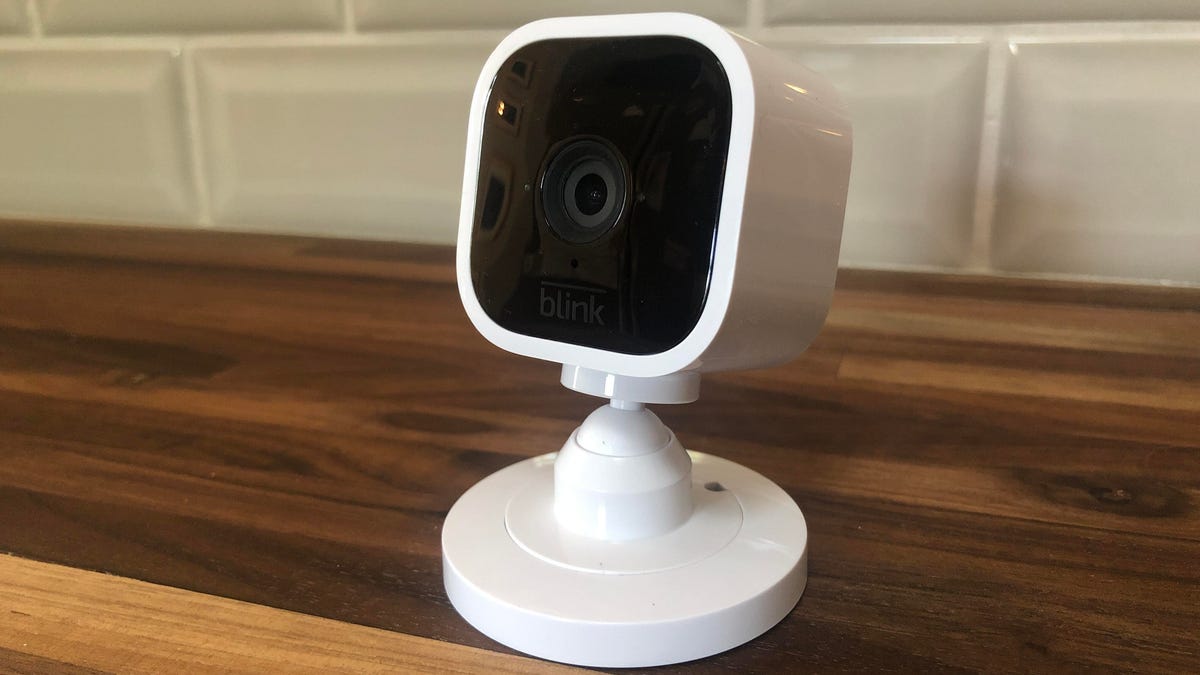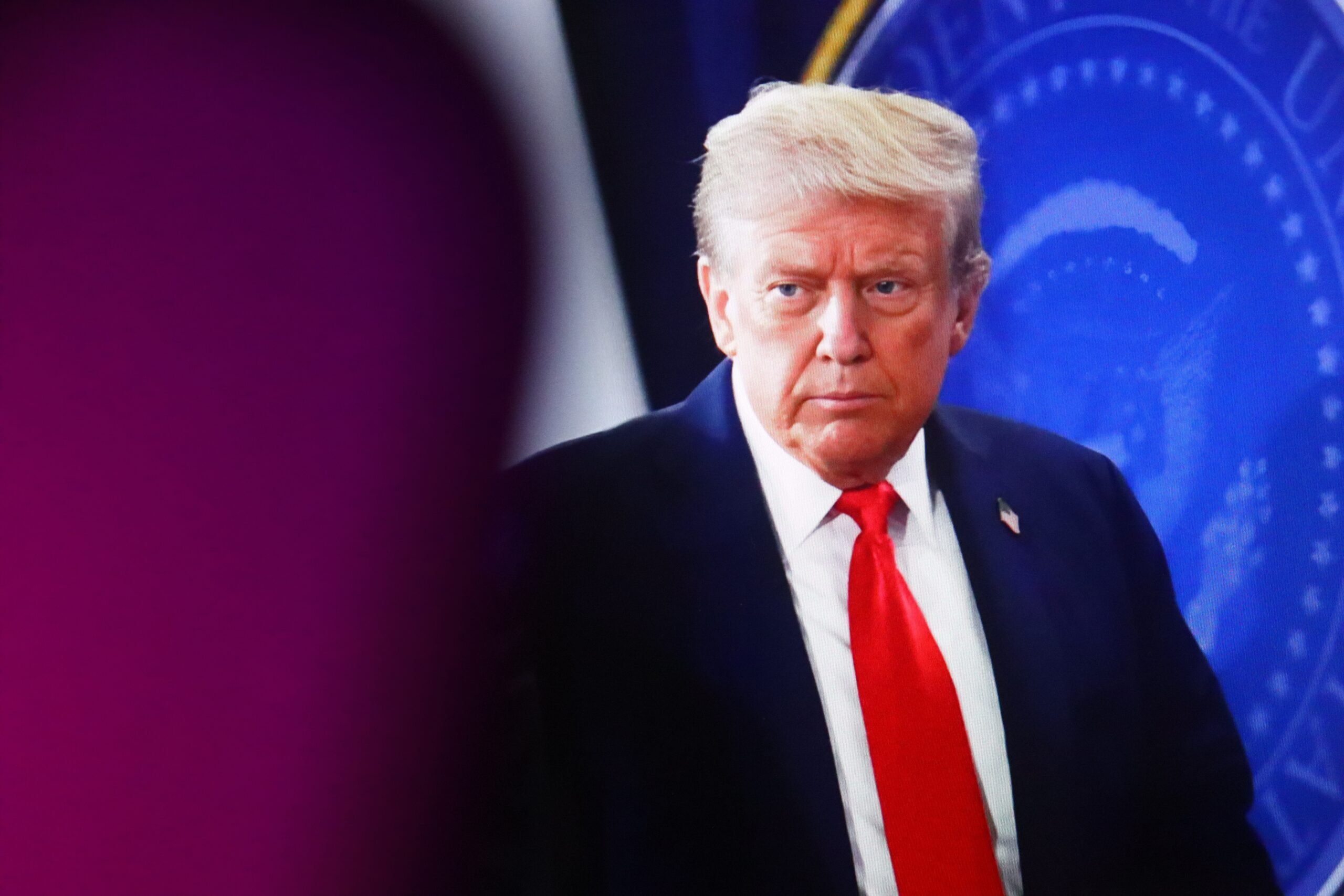‘Once the govt changes, we’ll do their denting-painting’: Islamic fundamentalists issue veiled threats while speaking to OpIndia after Bareilly violence
On September 26th, around 2 p.m., the usually peaceful atmosphere of the city of Bareilly was disrupted with slogans of “I love Muhammad.” Police kept appealing to the Muslim crowd, which had just finished their afternoon prayers, to return home, but the crowd had different intentions. Some chanted provocative slogans, while others harboured hatred. Some Muslims held placards reading “I Love Muhammad,” while others carried stones, sticks, and petrol bombs. Ittehad-e-Millat Council (IMC) chief Maulana Tauqeer Raza had instructed this crowd to gather at Islamia Ground, while the administration had issued an order that no gathering could take place without permission. The crowd still refused to relent. When police tried to stop the mob, Gen Z Muslim boys, aged 12 to 22, began pelting stones. An FIR also mentions that the Muslim boys shouted “Sar Tan Se Juda” (beheading calls) in front of the police. Bareilly police then had to resort to a lathi charge to control the situation. It’s been nearly five days since the incident. To understand what’s on the minds of Muslims, what discussions are going on in their neighbourhoods, and how Hindus view this incident, I decided to take a look at the situation on the ground. At 1 pm on a Sunday, I arrived at Bareilly’s busiest intersection, where the Bareilly courthouse is located. The intersection looked completely deserted, with only a handful of people present. I approached a middle-aged man, who worked as a tile-layer, to start a conversation. Conversion gang in Bareilly After initial hesitation, he opened up and revealed that his village, Faiznagar, has a large Muslim population. There’s a madrasa there, where a covert religious conversion racket was operating. Just a month ago, the Bareilly police raided the madrasa and busted the racket. He also revealed that religious conversions were being carried out here by obtaining donations from fourteen states. He said that several Hindu boys and girls have been converted by the conversion racket. Regarding the September 26th incident in Bareilly, the man said that wherever their numbers increase, they commit similar crimes. About Maulana Tauqeer Raza, he said, “He had been engaged in such activities for a long time and had become emboldened. But the Yogi government has now caught him and brought him to justice. Bareilly should go back to normal now.” After talking to him, I headed to the area where the violence occurred on September 26th. Google Maps wasn’t working due to the internet outage. As I kept asking people for directions and wandering across the streets, I saw almost half the city. Eyewitness account from Islamia Ground Bareilly is an old city. Islamic flags were visible on most houses in almost all areas of the city. Only a few houses had symbols to indicate that they belonged to Hindus. After much roaming around, the first place I reached was Islamia Ground. The Bilaspur Police Station is located right across the Islamia Ground. A large number of police personnel were deployed there. This is the spot where Muslims were trying to reach that day. The gates of the ground were sealed with a giant lock, filth was scattered around, and policemen stood guard in the hot afternoon sun. Looking outside, I saw a large field and an old, dilapidated building that predated the British era. Its crumbling, lacquered bricks betrayed its age. A large Muslim population surrounded the grounds on all three sides. Since I was recording the entire area with just a mobile phone, no one objected. However, three or four Muslim boys, aged about 12 to 15, came and stood around me. They didn’t say anything, but kept trying to peek into my mobile phone screen as long as I was there. The policemen at the outpost in the front were standing alert, with their tired faces after a long day of duty. I then headed towards the mosques, where the crowds had emerged that day after offering prayers. On the way, I saw a banner with “I Love Muhammad” written in bold letters. I reached the Naumahilla Mosque, where things seemed normal. The area nearby had a large Muslim population. A few Muslims were looking out through their windows at the road and the police. Some walls bore the marks of freshly removed posters. I asked an elderly man sitting on the street about them, and he, adjusting his hat, said that after the lathi charge that day, people had removed the “I Love Muhammad” posters from their walls on their own. However, a big poster was hung at the entrance of the street, which had been bent due to the wind in such a way that ‘Love’ and ‘Mohammed’ were covered, only ‘I’ was visible! On my way, I recalled that the instigator of the riots, Maulana Tauqeer Raza, came from the Ala Hazrat family, one of the most prominent families in the Barelvi sect. The same Ala Hazrat in whose name a large mosque in Bareilly stands. From here, I set off on foot towards the Ala Hazrat Mosque. On the way, I saw p
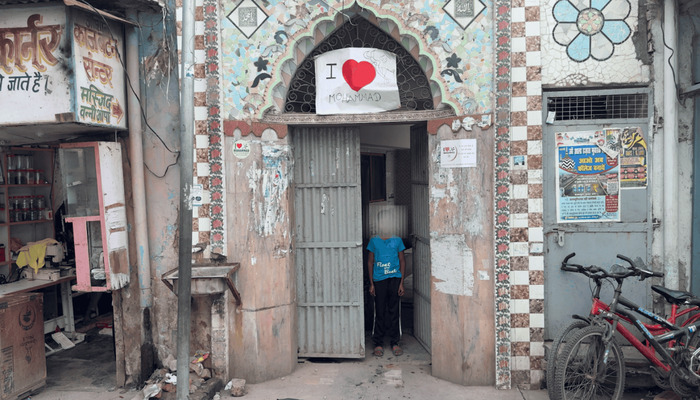


On September 26th, around 2 p.m., the usually peaceful atmosphere of the city of Bareilly was disrupted with slogans of “I love Muhammad.” Police kept appealing to the Muslim crowd, which had just finished their afternoon prayers, to return home, but the crowd had different intentions. Some chanted provocative slogans, while others harboured hatred.
Some Muslims held placards reading “I Love Muhammad,” while others carried stones, sticks, and petrol bombs. Ittehad-e-Millat Council (IMC) chief Maulana Tauqeer Raza had instructed this crowd to gather at Islamia Ground, while the administration had issued an order that no gathering could take place without permission.
The crowd still refused to relent. When police tried to stop the mob, Gen Z Muslim boys, aged 12 to 22, began pelting stones. An FIR also mentions that the Muslim boys shouted “Sar Tan Se Juda” (beheading calls) in front of the police. Bareilly police then had to resort to a lathi charge to control the situation.
It’s been nearly five days since the incident. To understand what’s on the minds of Muslims, what discussions are going on in their neighbourhoods, and how Hindus view this incident, I decided to take a look at the situation on the ground.
At 1 pm on a Sunday, I arrived at Bareilly’s busiest intersection, where the Bareilly courthouse is located. The intersection looked completely deserted, with only a handful of people present. I approached a middle-aged man, who worked as a tile-layer, to start a conversation.
Conversion gang in Bareilly
After initial hesitation, he opened up and revealed that his village, Faiznagar, has a large Muslim population. There’s a madrasa there, where a covert religious conversion racket was operating. Just a month ago, the Bareilly police raided the madrasa and busted the racket.
He also revealed that religious conversions were being carried out here by obtaining donations from fourteen states. He said that several Hindu boys and girls have been converted by the conversion racket. Regarding the September 26th incident in Bareilly, the man said that wherever their numbers increase, they commit similar crimes.
About Maulana Tauqeer Raza, he said, “He had been engaged in such activities for a long time and had become emboldened. But the Yogi government has now caught him and brought him to justice. Bareilly should go back to normal now.”
After talking to him, I headed to the area where the violence occurred on September 26th. Google Maps wasn’t working due to the internet outage. As I kept asking people for directions and wandering across the streets, I saw almost half the city.
Eyewitness account from Islamia Ground
Bareilly is an old city. Islamic flags were visible on most houses in almost all areas of the city. Only a few houses had symbols to indicate that they belonged to Hindus.
After much roaming around, the first place I reached was Islamia Ground. The Bilaspur Police Station is located right across the Islamia Ground. A large number of police personnel were deployed there. This is the spot where Muslims were trying to reach that day.
The gates of the ground were sealed with a giant lock, filth was scattered around, and policemen stood guard in the hot afternoon sun. Looking outside, I saw a large field and an old, dilapidated building that predated the British era. Its crumbling, lacquered bricks betrayed its age.
A large Muslim population surrounded the grounds on all three sides. Since I was recording the entire area with just a mobile phone, no one objected. However, three or four Muslim boys, aged about 12 to 15, came and stood around me. They didn’t say anything, but kept trying to peek into my mobile phone screen as long as I was there.
The policemen at the outpost in the front were standing alert, with their tired faces after a long day of duty. I then headed towards the mosques, where the crowds had emerged that day after offering prayers. On the way, I saw a banner with “I Love Muhammad” written in bold letters. I reached the Naumahilla Mosque, where things seemed normal. The area nearby had a large Muslim population. A few Muslims were looking out through their windows at the road and the police.
Some walls bore the marks of freshly removed posters. I asked an elderly man sitting on the street about them, and he, adjusting his hat, said that after the lathi charge that day, people had removed the “I Love Muhammad” posters from their walls on their own.
However, a big poster was hung at the entrance of the street, which had been bent due to the wind in such a way that ‘Love’ and ‘Mohammed’ were covered, only ‘I’ was visible!
On my way, I recalled that the instigator of the riots, Maulana Tauqeer Raza, came from the Ala Hazrat family, one of the most prominent families in the Barelvi sect. The same Ala Hazrat in whose name a large mosque in Bareilly stands.
From here, I set off on foot towards the Ala Hazrat Mosque. On the way, I saw people sitting in shops and houses with their shutters down, judging me by the ID card around my neck. It seemed they were able to guess that I was a journalist and probably from outside. As I approached the mosque, I asked a street vendor if the riot had happened here that day.
He stared at me, then looked away. When I pressed him again, he said, “I’m new to town.” By the way, in my experience of reporting across the country, one common thing I’ve noticed is that most Muslims give the reply when they want to avoid answering.
Anyway, within the next five minutes, I was at the mosque gate. A young man, around 18-20 years old, was sitting there. A few policemen were sitting on chairs nearby. The mosque had two entrances. Three posters were pasted on the steel door facing the street. Each one read two things: “I love Muhammad,” and the second, “I, my parents, my family, all can be sacrificed for you, O Messenger of Allah.”

When I walked around and reached the other entrance of the mosque, it was 4:40 pm by the time. Some elderly Muslims had started arriving for namaz. The call to prayer had been announced from the mosque. This entrance also had “I Love Muhammad” posters. The only difference was that these weren’t printed; these were handmade.
Judging by its design, it was clear that it had been created by a young child. In broken handwriting, a child had written on the same poster, ” If expressing love for the Prophet (peace be upon him) is a crime, then we will commit it every day.”

Directly behind the signboard pointing to the Ala Hazrat Mosque, a large Samajwadi Party poster was placed, perfectly reflecting the nexus between politics and religion in Uttar Pradesh.

This is the same mosque from where the mob, in the name of love for the Prophet, gathered, determined to burn down the city of Bareilly on September 26th. Notably, on the day of the riots, only young men came to pray at this mosque, whereas today, not a single person I saw was under 40 years old.
Here, I tried talking to the Namazis, but no one was willing to speak. From here, I walked into a narrow alley, in which a sizeable Muslim population resided. Here, too, most Muslims were reluctant to comment. One woman explained that it was the mob of Namazis who had caused the entire commotion. Just then, a middle-aged man called out to me. This man, named Nadeem, initially tried to defend the Namazis, but during the long conversation, he became increasingly vocal.
He said, “Today the Chief Minister also said that we have done the denting and painting. What does that mean? Will they keep doing our denting and painting ?” He added, “Now that they are in power, the denting and painting is happening. After the government changes, they will get dented and painted.”
He became extremely excited and declared, Our love for Muhammad will remain till the end of time.” You can watch the full story in Opindia’s video report.
I spoke with this man for approximately 16 minutes. Throughout the conversation, he never once admitted his mistake; instead, he kept speaking with a threatening tone and warned of a dire future. Other Muslims seemed to have sworn to silence. Not a single one was willing to speak on camera.
After wandering the area for about four hours, I went to a Hindu neighbourhood. A man sitting at his door said, “These people do such things whenever Hindu festivals come around.” He also reminded me of the 2010 Bareilly riots, when a curfew was imposed during Holi celebrations.
Hindus say that Muslims systematically carry out such acts during Hindu festivals, while Hindus remain calm during Muslim festivals. Many Hindus directly blame Maulana Tauqeer Raza and the political parties that provide him with political patronage for all the Islamic frenzy that occurs in Bareilly.
However, he also said that if Yogi Adityanath were not in power in the state, Bareilly would probably still be burning. Due to the change in government, people like Maulana Tauqeer Raza now try to escape, but the police take swift action against them.
After speaking with both Hindus and Muslims, I left for Delhi. Before Bareilly’s famous Jhumka Chowk is located the Avedhnath Gate, on the top of which a statue of Lord Shiva in a yoga posture is placed.

I stopped there for a while, and after reading the shop signs, I realised that more than 70% of the shops belonged to one community. This meant that the entry point to the city was controlled by one community. And I had already seen the entire settlement inside the city.
Auguste Comte’s line, “Demography is destiny,” began to resonate in my mind. However, the Chief Minister’s statements from the state’s forums and the administrative promptness in such incidents continue to give other sections of society a sigh of relief.


